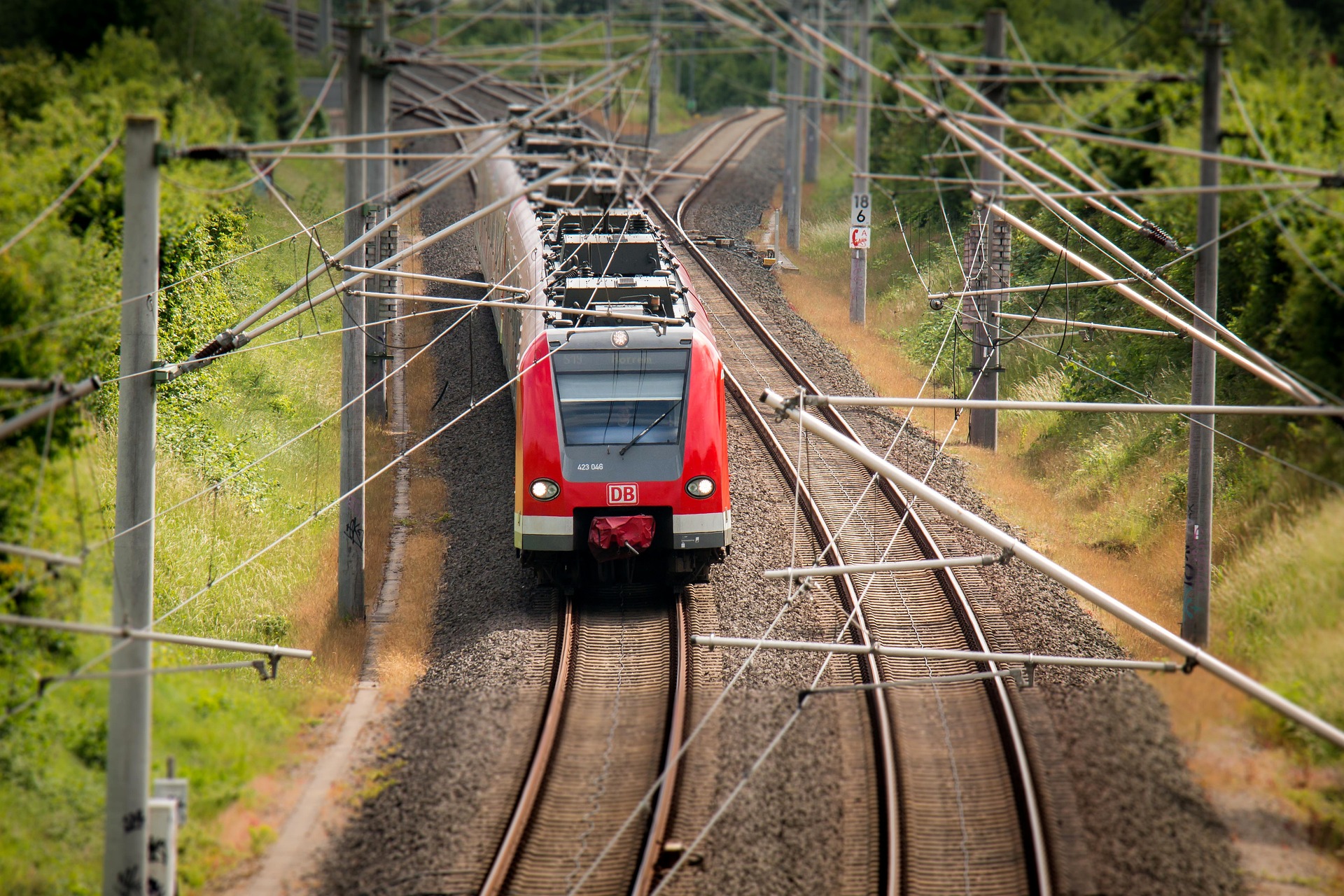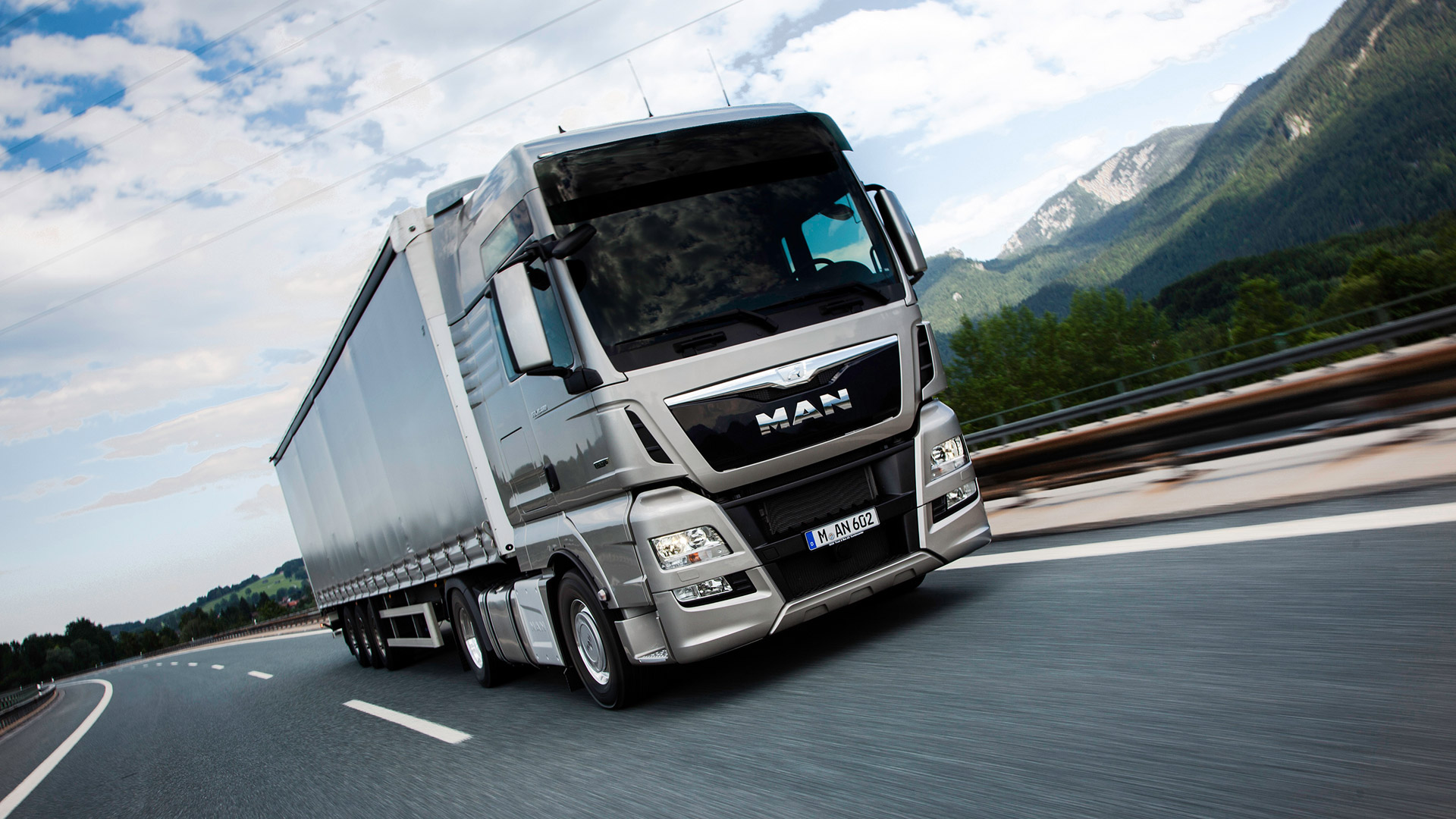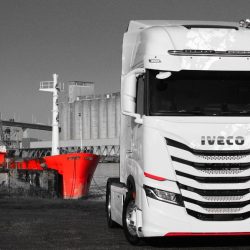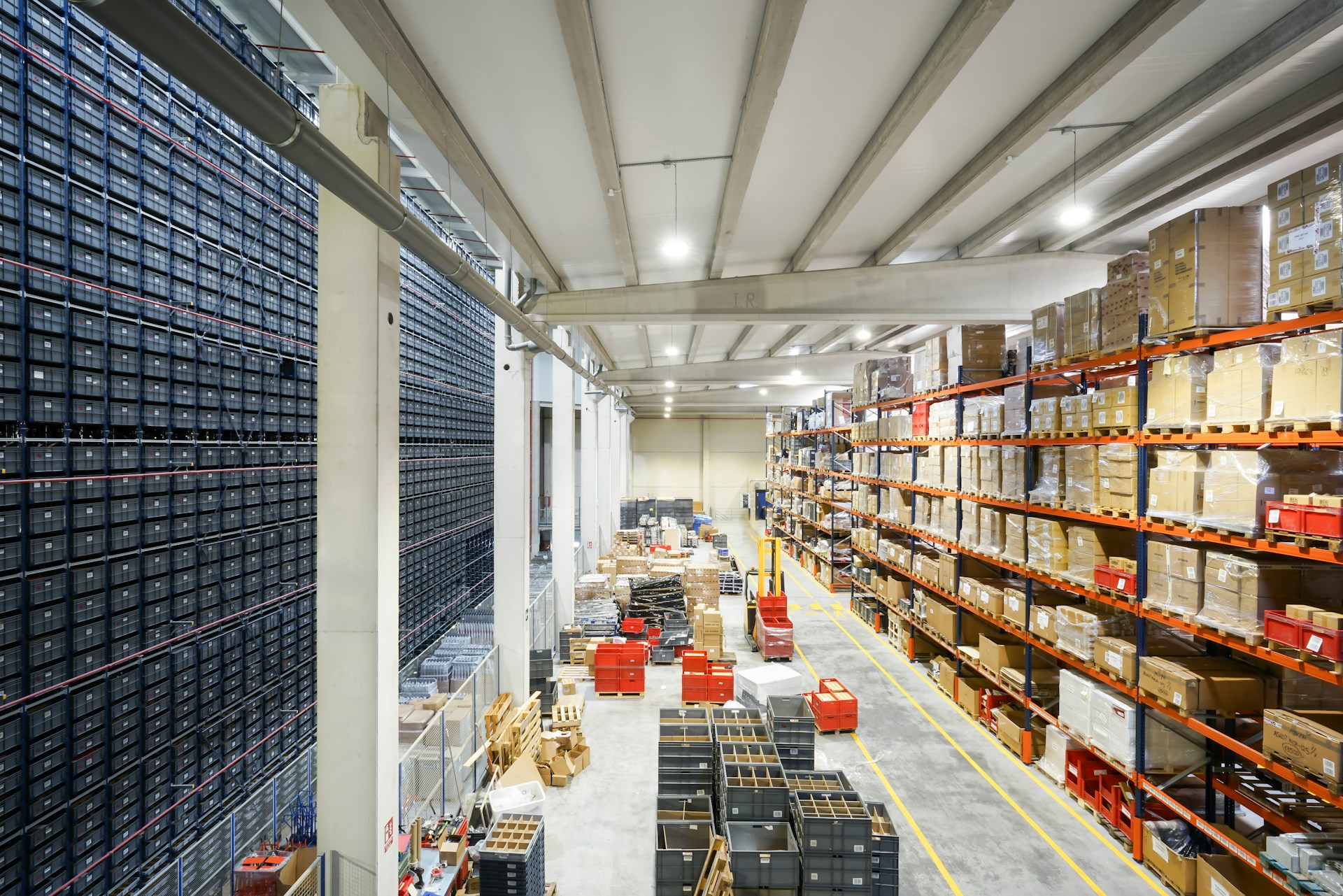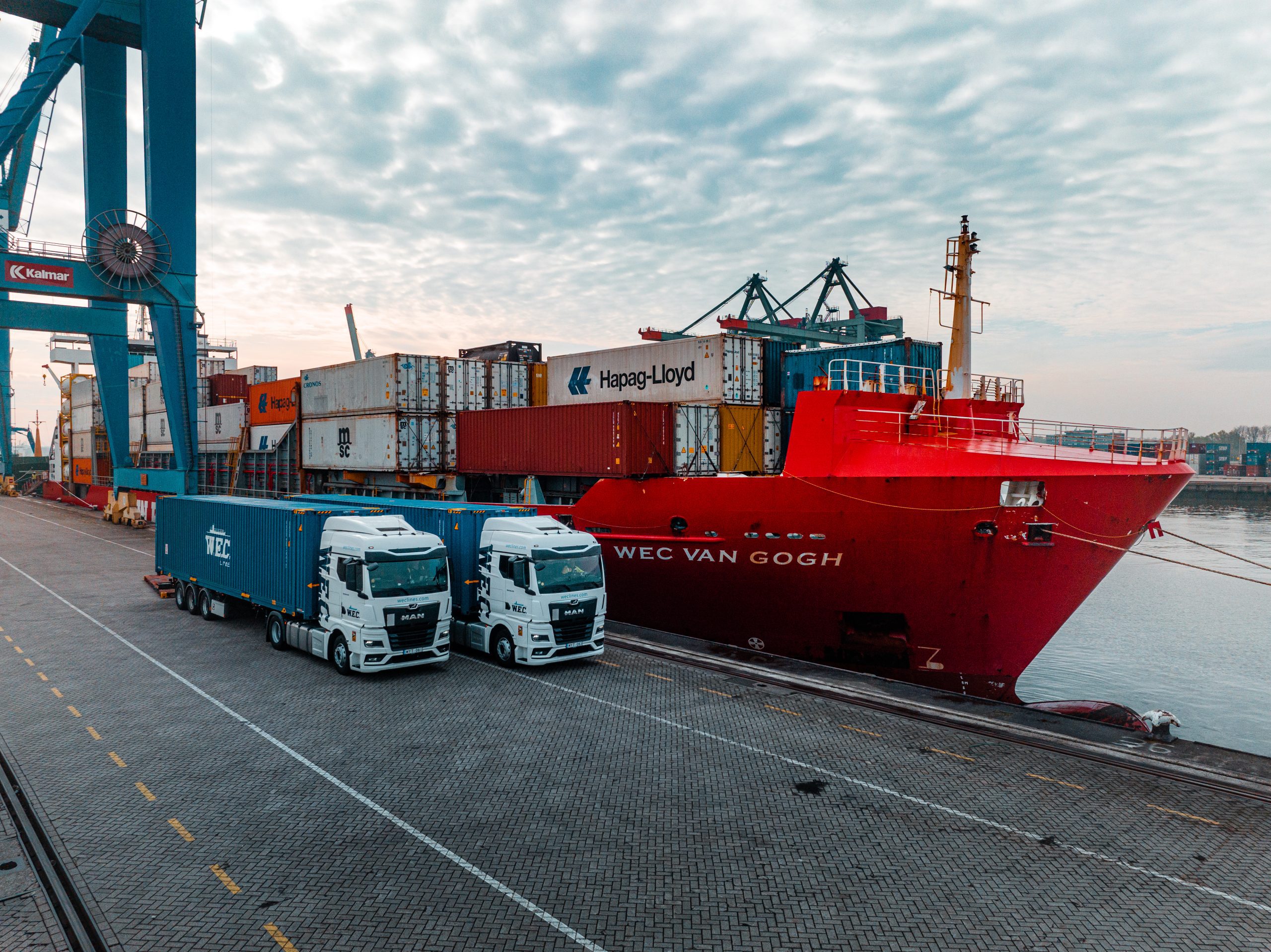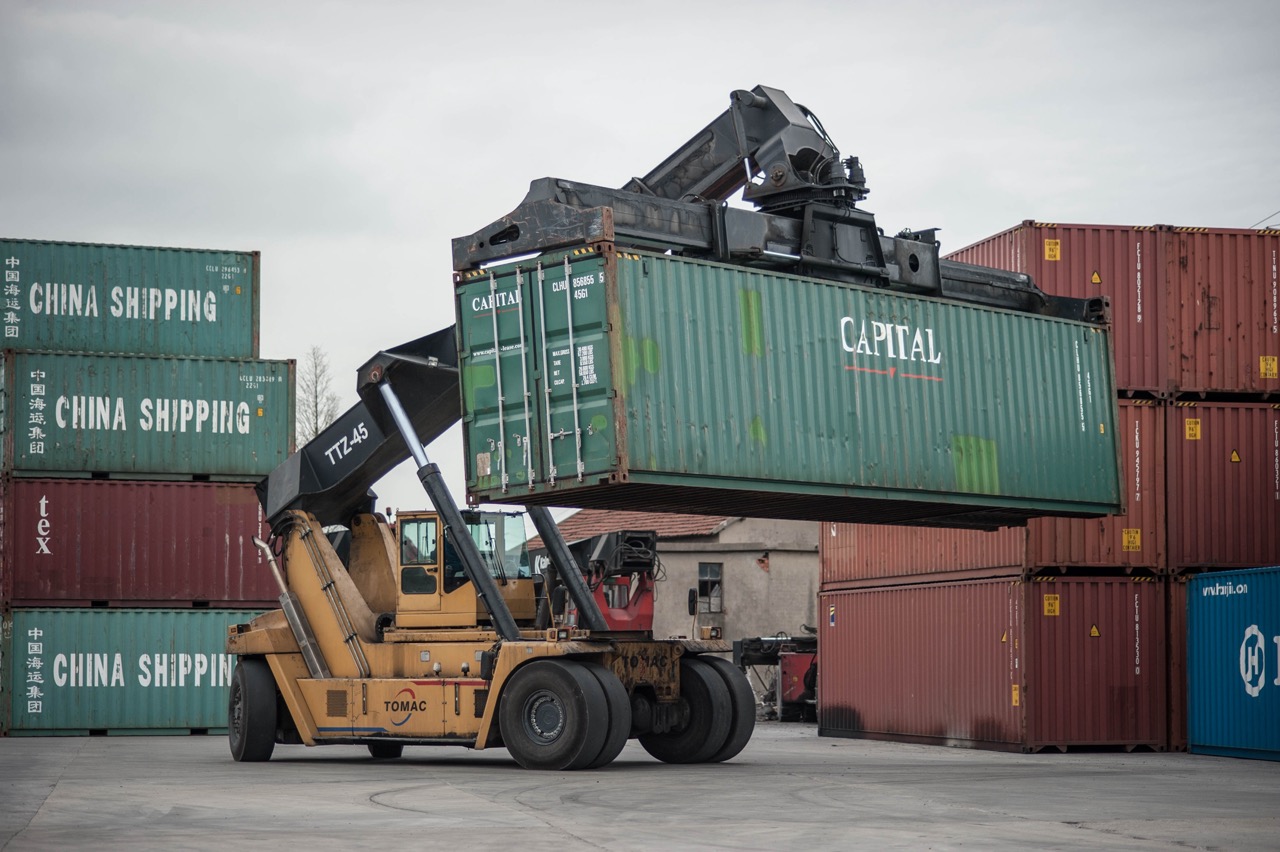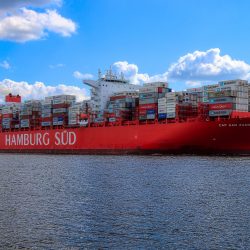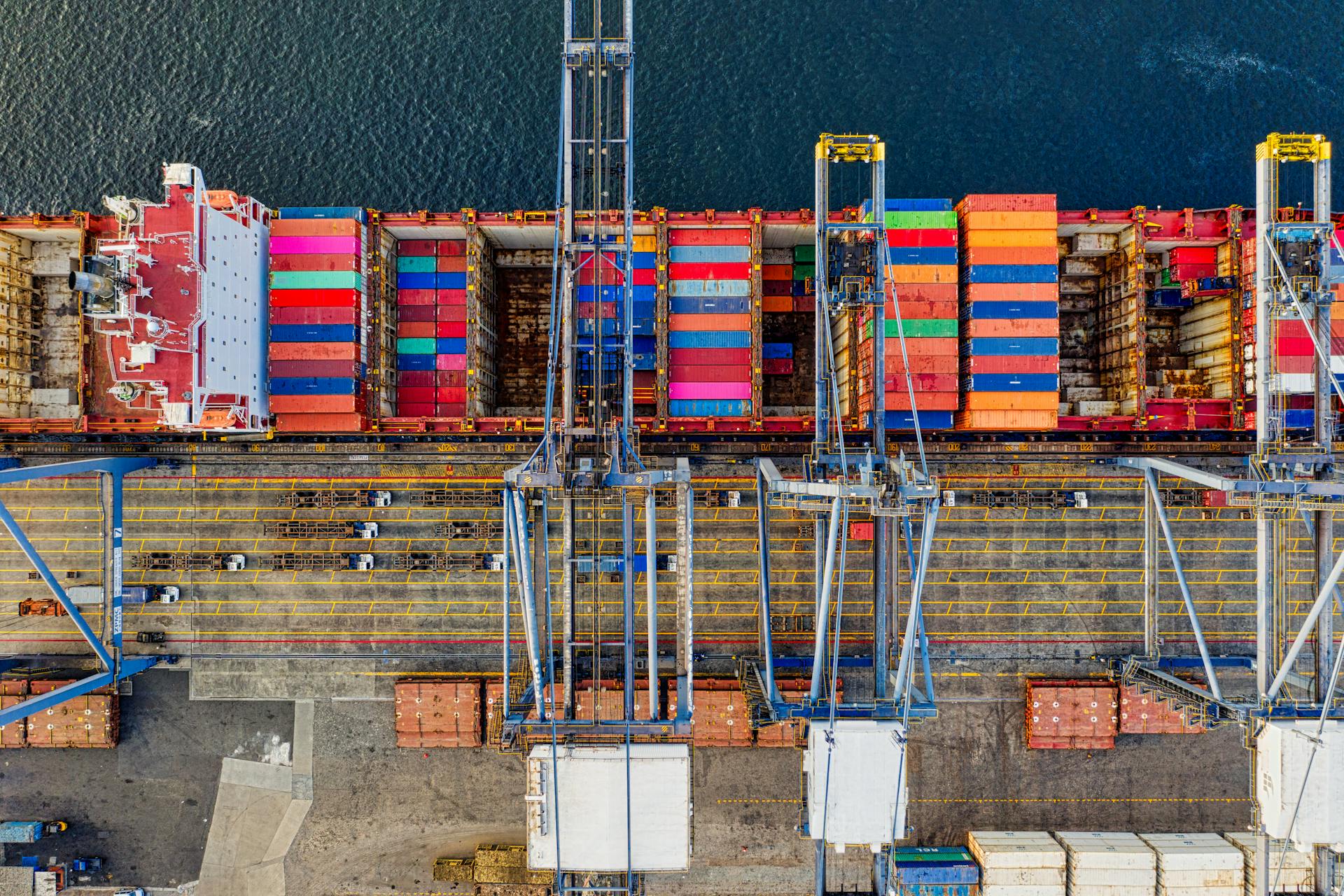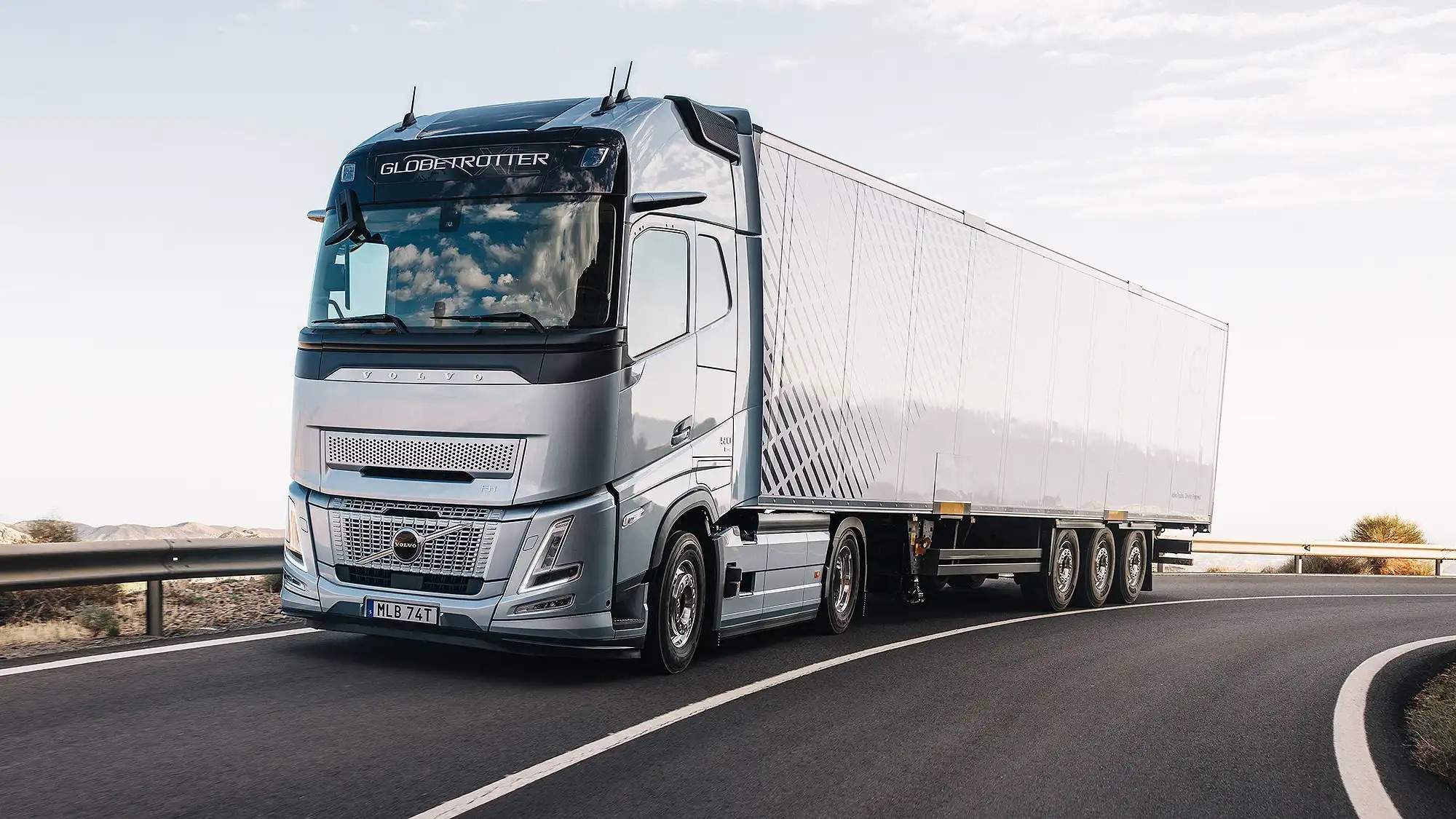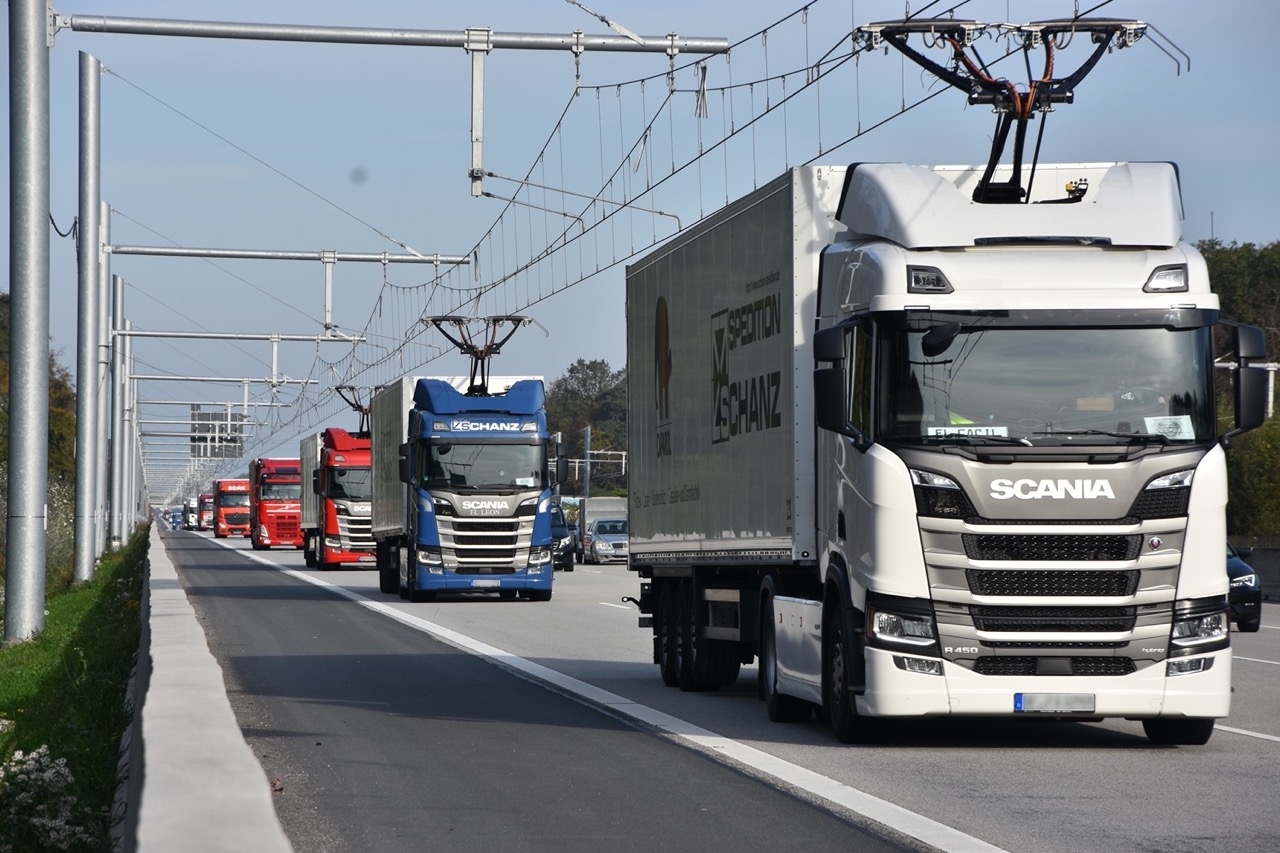Rail transport is inferior to road transport: reasons
European association EFRA analyzed the logistics sector. It turned out that rail transport lost out to road transport. The share of trains is 17%, and operators are in no hurry to use rail services.
According to statistics, transport companies find it more comfortable to transport goods by car, despite the fuel price increase. The EU government is doing everything possible to popularize trains and increase its transport market share. EFRA notes that the main requirement is punctuality. Companies and clients must ensure the cargo will be delivered on time. Rail transport must ensure this condition; otherwise, it will not be able to compete.
Another problem is the limited number of private railroad companies that can provide comfortable conditions for cooperation in Europe. This situation is related to the business strategy in this sector: more often than not, small operators are absorbed by large ones. In addition, the industry still does not make enough profit, which limits private companies’ ability to improve the service level. That is why state railroads account for a large share of European transportation. For example, DB Cargo of Germany operates in 16 countries, while SNCF of France operates in 11. Rail Cargo of Austria operates in 18 countries, while PKP of Poland operates in 9. And they are all state-owned companies.
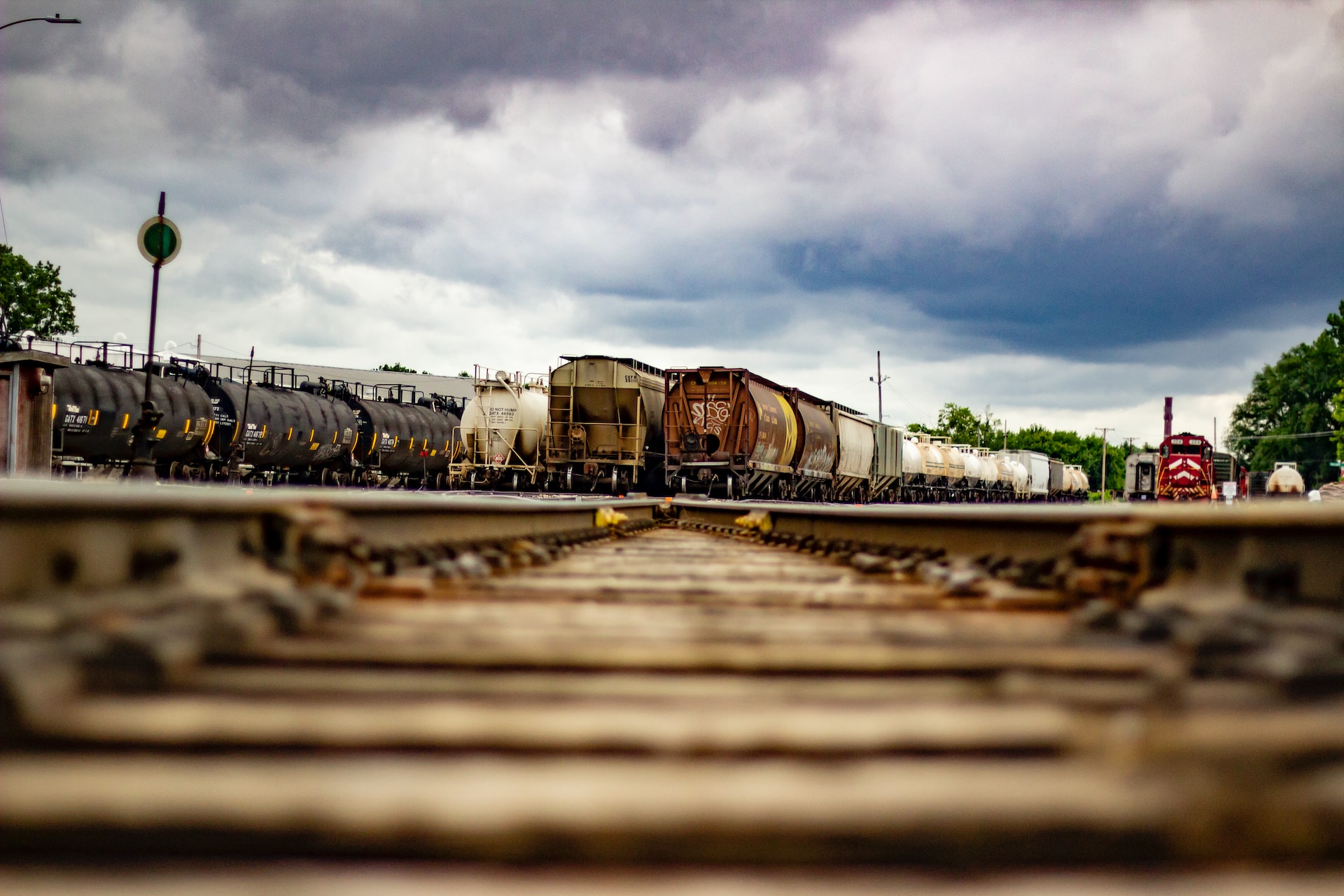
Europe rail industry
According to 2019 data, Europe’s rail industry transported 1.5 billion tons of cargo, with a total of 398 billion tons-km transported by companies. Revenues amounted to 15 billion euros. Private operators had a 47% share. The independent railway business entered the European market in 1991.
The government is interested in increasing the transportation volume by trains and reducing the share of road transport. This will reduce greenhouse gas emissions and relieve the burden on Europe’s highways. To promote rail transport, special freight corridors have been in place since 2010, which transport goods across the border under a simplified mechanism. Despite government initiatives, data for 2019 show that domestic routes still dominate the region. For example, an average of 261 kilometers was recorded in Europe. In addition, freight tonnage is also growing slowly: from 2003 to 2019, it increased by only 155 tons (to 1,522 million tons). There is also a decrease in the volume of mass transportation by rail. We are talking primarily about coal and oil.

